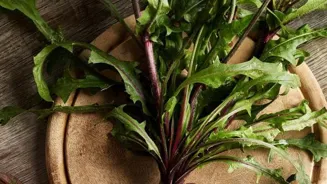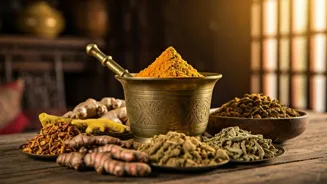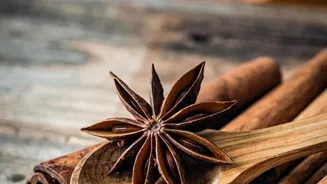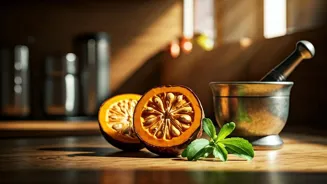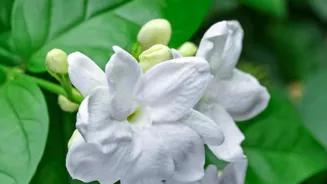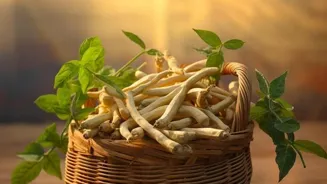Unveiling the Rich History of Herbal Medicine: A Journey Through 8 Milestones - Dive into the captivating evolution of herbal remedies!
For centuries, before modern pharmacies stocked shelves with pills
and potions, our ancestors turned to the natural world for healing. Herbal medicine, the practice of using plants for medicinal purposes, boasts a history as rich and diverse as the flora that graces our planet.
From ancient healing traditions to modern scientific validation, the journey of herbal remedies is a fascinating tale of human ingenuity and our enduring connection with nature.
As we delve deeper into this captivating history, let's explore eight key milestones that have shaped the landscape of herbal medicine.
The ancient roots of herbal medicine in indigenous cultures worldwide
The dawn of herbal medicine is intertwined with the earliest human societies. Evidence suggests that Neanderthals utilized medicinal plants as far back as 60,000 years ago, showcasing an ancient understanding of the therapeutic properties of flora.
Across various cultures, indigenous communities developed intricate systems of herbal knowledge, passed down through generations via oral traditions and apprenticeships.
These systems were intricately woven into their daily lives, encompassing not only physical healing but also spiritual and emotional well-being.
From the Amazon rainforest to the Himalayas, indigenous healers possessed a deep understanding of local plants, their properties, and their appropriate uses, a knowledge base that continues to inspire and inform modern herbal practices.
This represents the bedrock from which the whole field has sprung, rooted in practical observations of nature.
Ancient civilizations shaped herbal medicine with holistic approaches
Ancient civilizations such as India and China made monumental contributions to the development of herbal medicine.
The Indian system of Ayurveda, dating back over 5,000 years, emphasizes a holistic approach to health, focusing on balancing the body's energies using herbs, diet, and lifestyle practices.
Similarly, Traditional Chinese Medicine (TCM), with its roots in ancient philosophies, utilizes a vast materia medica of herbs to address imbalances in the body's Qi, or vital energy.
Texts like the "Sushruta Samhita" in Ayurveda and the "Shennong Ben Cao Jing" in TCM, documented detailed knowledge of herbs, their properties, and their applications.
This knowledge was not merely anecdotal; these systems involved careful observation, experimentation, and a sophisticated understanding of how plants interacted with the human body, laying the foundation for future scientific explorations.
Classical era: Greek and Roman influence on herbal medicine
The classical era saw the spread of herbal knowledge throughout the Mediterranean region, with Greek physicians like Hippocrates, considered the "father of medicine," emphasizing the importance of diet and herbs in maintaining health.
The Roman Empire, known for its engineering prowess, also facilitated the dissemination of herbal knowledge through its vast network of trade routes and libraries.
Dioscorides, a Greek physician serving in the Roman army, authored "De Materia Medica," a comprehensive encyclopedia of medicinal plants that became a standard reference work for centuries.
This work was invaluable as it detailed both the medicinal properties of the plant and its correct identification. The compilation and organization of herbal knowledge during this period played a pivotal role in preserving and expanding our understanding of plant-based remedies.
Medieval monks preserve herbal knowledge, advancing medicine
The medieval period witnessed the preservation of herbal knowledge primarily within monasteries and religious institutions. Monks meticulously cultivated herb gardens, transcribed ancient texts, and developed new remedies.
Notable figures like Hildegard of Bingen, a German Benedictine abbess, made significant contributions to herbal medicine, documenting her extensive knowledge of plants and their medicinal uses.
The creation of physic gardens, dedicated to growing medicinal plants, further facilitated the study and practice of herbal medicine.
Furthermore, the development of distillation techniques enabled the extraction of essential oils and other potent plant compounds, expanding the range of herbal preparations available.
The quiet persistence of these traditions amid broader social changes secured the continuity of herbal legacy for generations to come.
Printing press democratized herbal medicine knowledge
The advent of the printing press in the 15th century revolutionized the dissemination of knowledge, including herbal medicine.
Printed herbals, such as the "Hortus Sanitatis," made information about medicinal plants available to a wider audience, empowering individuals to take control of their health.
These books often featured detailed illustrations of plants, aiding in their identification, and provided information on their properties and uses.
The rise of printed herbals democratized access to herbal knowledge, enabling physicians, apothecaries, and ordinary individuals to learn about and utilize plant-based remedies.
No longer confined to monastic libraries, the wisdom of herbal traditions became accessible to the public domain, spurring renewed interest and experimentation.
Scientific revolution shifted herbal medicine to focus on active compounds
The scientific revolution of the 17th and 18th centuries brought about a shift in the approach to herbal medicine. Scientists began to isolate and identify the active compounds in medicinal plants, such as quinine from cinchona bark for treating malaria.
This marked the beginning of modern pharmacology, with a focus on understanding the mechanism of action of plant-derived drugs. While this approach led to the development of many important medications, it also led to a decline in the use of whole-plant herbal remedies.
However, the scientific investigation of herbs also validated many traditional uses and paved the way for the development of new herbal medicines based on scientific evidence. It was a period of both disruption and discovery, as ancient wisdom met the rigor of scientific inquiry.
Revival of herbal medicine in modern healthcare systems
The 20th and 21st centuries have witnessed a resurgence of interest in herbal medicine. Concerns about the side effects of conventional drugs, the rising cost of healthcare, and a growing desire for natural and holistic approaches to health have fueled this revival.
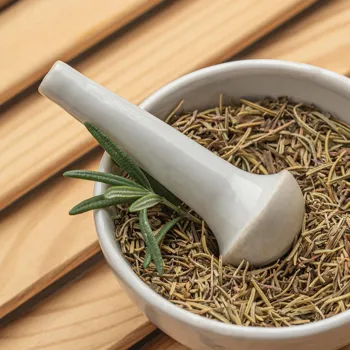
Scientific research continues to validate the efficacy of many traditional herbal remedies, and new herbal products are being developed based on scientific evidence. Herbal medicine is now widely practiced around the world, and it is increasingly integrated into mainstream healthcare systems.
The rediscovery of traditional healing methods offers a new perspective in healthcare systems. Consumers are now looking for healthcare options which are more natural and holistic.
India leads in herbal medicine with Ayurveda, Unani, Siddha; gov promotes research, export
Today, India boasts a rich heritage of herbal medicine, with systems like Ayurveda, Unani, and Siddha deeply embedded in its cultural fabric. These traditional systems continue to provide healthcare to a significant portion of the population, particularly in rural areas.
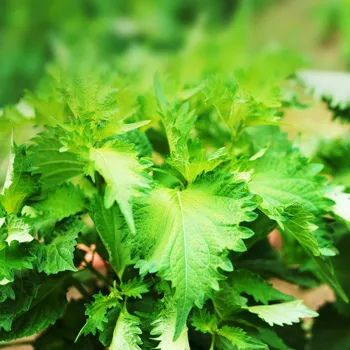
The Indian government is actively promoting the cultivation, research, and standardization of medicinal plants, aiming to integrate traditional medicine into the national healthcare system. Recognizing the potential for economic growth, India is also emerging as a major exporter of herbal products.
As the world rediscovers the wisdom of herbal medicine, India is poised to play a leading role in shaping the future of this ancient and enduring practice. Through careful research and cultivation efforts, India contributes to the global pool of herbal knowledge.
AI Generated Content. Glance/InMobi shall have no liability for the content